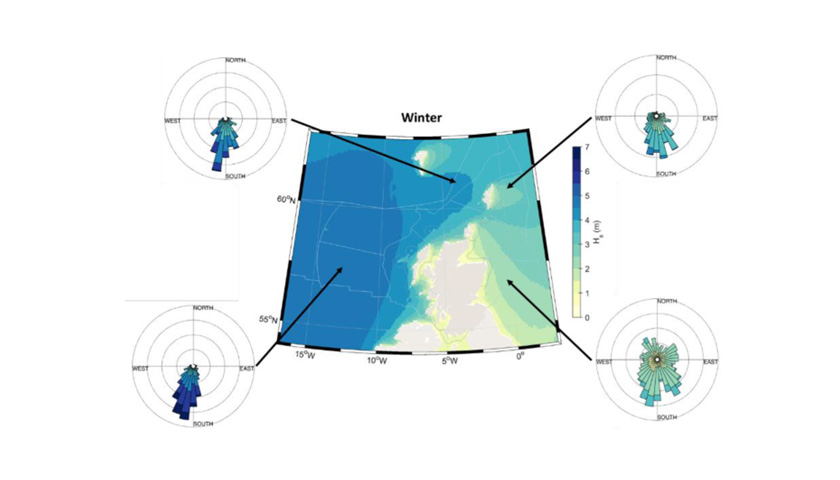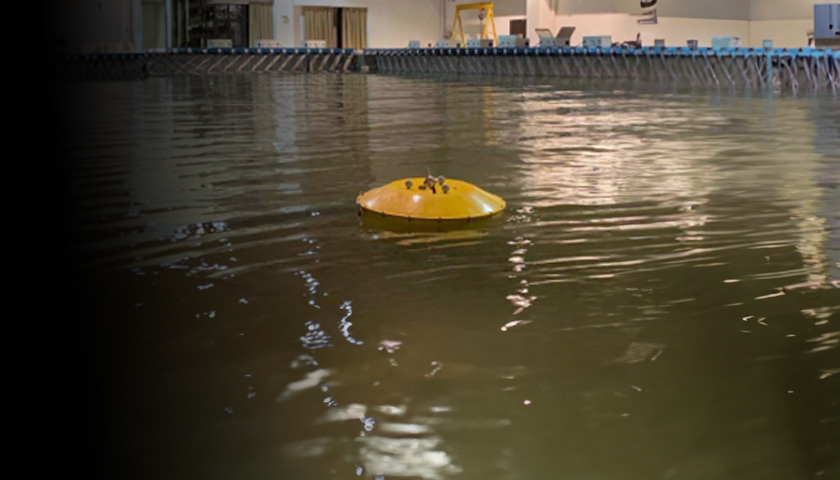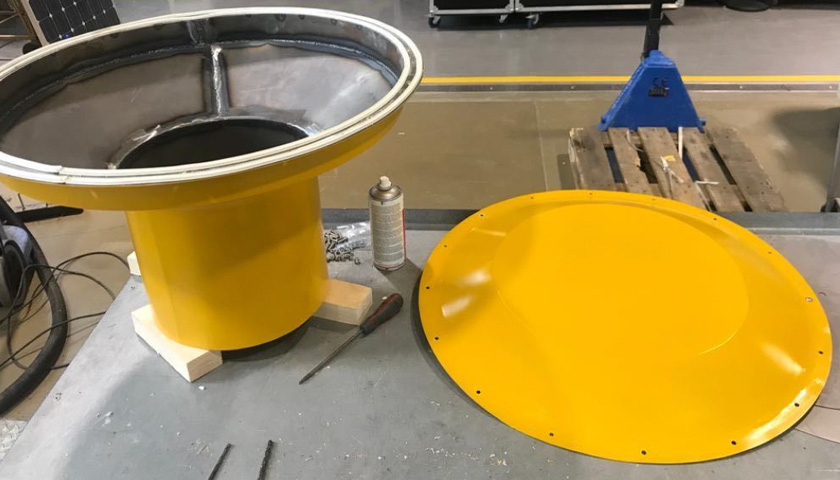WP3: Sea State Forecasting and Resource Evaluation
This work package focuses on improving the predictability of sea conditions at deployment sites and evaluating the WEC’s potential for energy generation at those sites. By combining machine learning with satellite data, it aims to create high-fidelity sea state forecasts to optimise the device’s operation.

WP3.1
Resource Characterisation
Data on sea state variability is collected from various sources, including satellite imagery and buoy measurements, to create comprehensive models of wave energy resources.

WP3.1
Resource Characterisation
Evaluation of wave energy resources at potential deployment sites, analysing wave height, frequency, and direction. This step provides a detailed understanding of the energy potential available at different locations, which is crucial for optimising the design and placement of the WEC.

WP3.2
Efficiency Calculations in Wave Tanks
Laboratory-based wave tank testing is conducted to assess the WEC’s efficiency under controlled conditions. This testing allows researchers to observe how the WEC behaves in simulated sea environments and measure its energy conversion efficiency. The data gathered in this phase helps to refine the WEC’s design and inform future real-world deployments.

WP3.3
Array Effects
Investigation into how multiple WECs operate when deployed in an array. When WECs are placed in close proximity, their interactions with each other can affect overall performance. This task studies the optimal layout and spacing of devices to minimise interference and maximise energy capture for large-scale deployments. It also examines the potential benefits of integrating WECs with other offshore systems, such as floating wind turbines.

